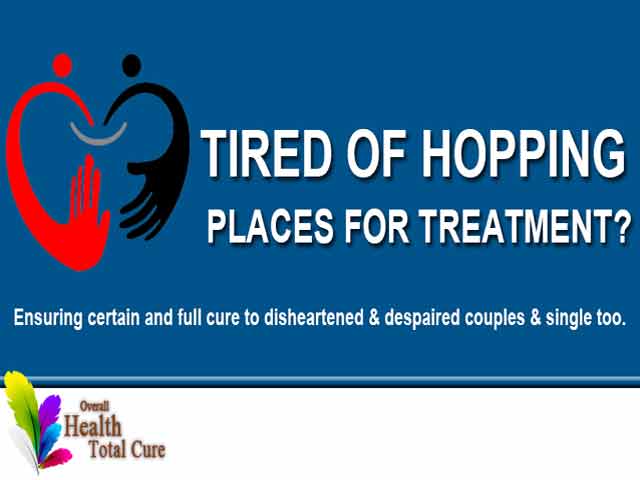It's estimated 1 in 10 men has a problem related to having
sex, such as premature ejaculation or erectile dysfunction. Find out
more through the links below.
Sexual problems can affect any man, whether he is straight, gay, bisexual or transgender.
Physical causes include heart disease, diabetes and raised blood pressure. Alcohol, smoking and illegal drugs, as well as some prescription medicines, can also cause erectile problems.
Worries about work, money, your relationship, family, and even worrying about not getting an erection can all be factors
Causes can include anxiety about sexual performance, stress, unresolved issues in a relationship, or depression.
You can see your GP or a psychosexual therapist for help.
There is help available. Talk to your GP, or get in touch with the Sexual Advice Association.
Find out more about loss of libido.
Sexual problems can affect any man, whether he is straight, gay, bisexual or transgender.
Erectile dysfunction (impotence)
This is when a man can't get, or keep, an erection. Most men experience it at some time in their life, and the causes can be physical or psychological.Physical causes include heart disease, diabetes and raised blood pressure. Alcohol, smoking and illegal drugs, as well as some prescription medicines, can also cause erectile problems.
Worries about work, money, your relationship, family, and even worrying about not getting an erection can all be factors
Premature ejaculation
This is when a man ejaculates (comes) sooner than he wants to during sex. It's only a problem if it bothers him or his partner.Causes can include anxiety about sexual performance, stress, unresolved issues in a relationship, or depression.
You can see your GP or a psychosexual therapist for help.
Loss of sex drive
Losing your sex drive, or libido, is common. It can be linked to a number of factors, including relationship issues, stress, anxiety and side effects of medication.There is help available. Talk to your GP, or get in touch with the Sexual Advice Association.
Find out more about loss of libido.





 02:46
02:46
 Hashmi Dawakhana
Hashmi Dawakhana












